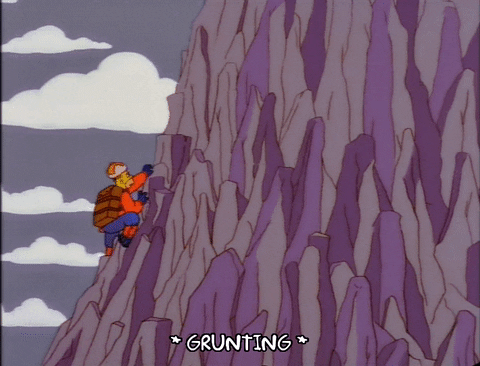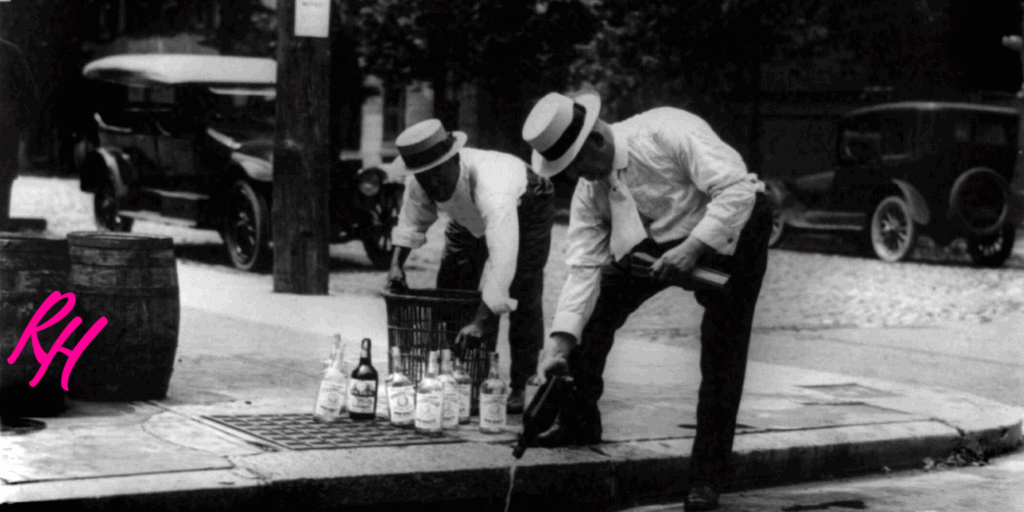Imagine scaling Mount Everest, not with the swagger of a seasoned climber, but with a rusty ice pick and a borrowed parka. That’s the uphill battle most businesses face – obsessing over innate talent, the “Sherpas” of the workforce, while neglecting the vast, untapped potential of the rest who with courage and resilience trek up the mountain. Enter Adam Grant’s “Hidden Potential,” a beacon in the blizzard, offering a revolutionary framework to not just reach the summit, but redefine what it means to succeed and hire GREAT talent. 
Forget the myth of the “rockstar” employee. Grant, a Wharton professor and organizational psychologist, posits that progress hinges less on raw talent and more on character traits, the invisible crampons that propel us forward.
He identifies five key “drivers”: curiosity, courage, resilience, diligence, and purpose. These, he argues, are the bedrock of growth, malleable and improvable, unlike the fixed terrain of innate ability.
This isn’t just theory. As a stress physiologist, I speak often about how curiosity dampens stress, allowing us to learn and adapt. This framework aligns with Grant’s call for embracing “beginner’s mind”, a state of openness that fosters growth and innovation. Imagine a team unafraid to ask “why?” and “what if?”, constantly pushing boundaries instead of clinging to comfort zones.
So, how do we translate these insights into actionable steps? Take Netflix, for instance. They implemented Grant’s “Take the Lead” program, encouraging employees to volunteer for projects outside their comfort zone. The results? A surge in engagement, ownership, and ultimately, groundbreaking ideas like “Stranger Things” and “House of Cards.”

But it’s not just flashy companies like Netflix putting these principles into practice. The US Army has initiated a program that pairs experienced soldiers with younger recruits. The “Battle Buddy” program fosters “radical helping”, where knowledge and support flow freely, boosting confidence and resilience. This echoes Grant’s emphasis on collaboration over competition, creating a team that functions as a single, adaptable unit.
Beyond major initiatives, small mindset shifts can have a seismic impact.
- Encourage “micro-failures”, viewing them as stepping stones, not roadblocks.
- Celebrate grit and perseverance rather than so-called “overnight successes.”
- Foster a culture of “radical helping”, where colleagues support each other’s growth, not just their own.
“Hidden Potential” isn’t just a book; it’s a blueprint for building a supernova of potential within your organization. It’s about recognizing that everyone has a hidden ability to “scale Everest.” It’s our job as leaders to discover the tools and mindsets that will help each of our employees (and ourselves) find the right path up the mountain.
What character trait will you cultivate first to unlock your team’s hidden potential?

![Fearless blog FEAR[less] blog](https://rebeccaheiss.com/wp-content/uploads/2024/05/Fearless-blog.png)


